‘Interior sculptor’ Christophe Gevers’ oeuvre is celebrated in new book
‘Christophe Gevers’ is a sleek monograph dedicated to the Belgian's life work as an interior architect, designer, sculptor and inventor, with unseen photography by Jean-Pierre Gabriel
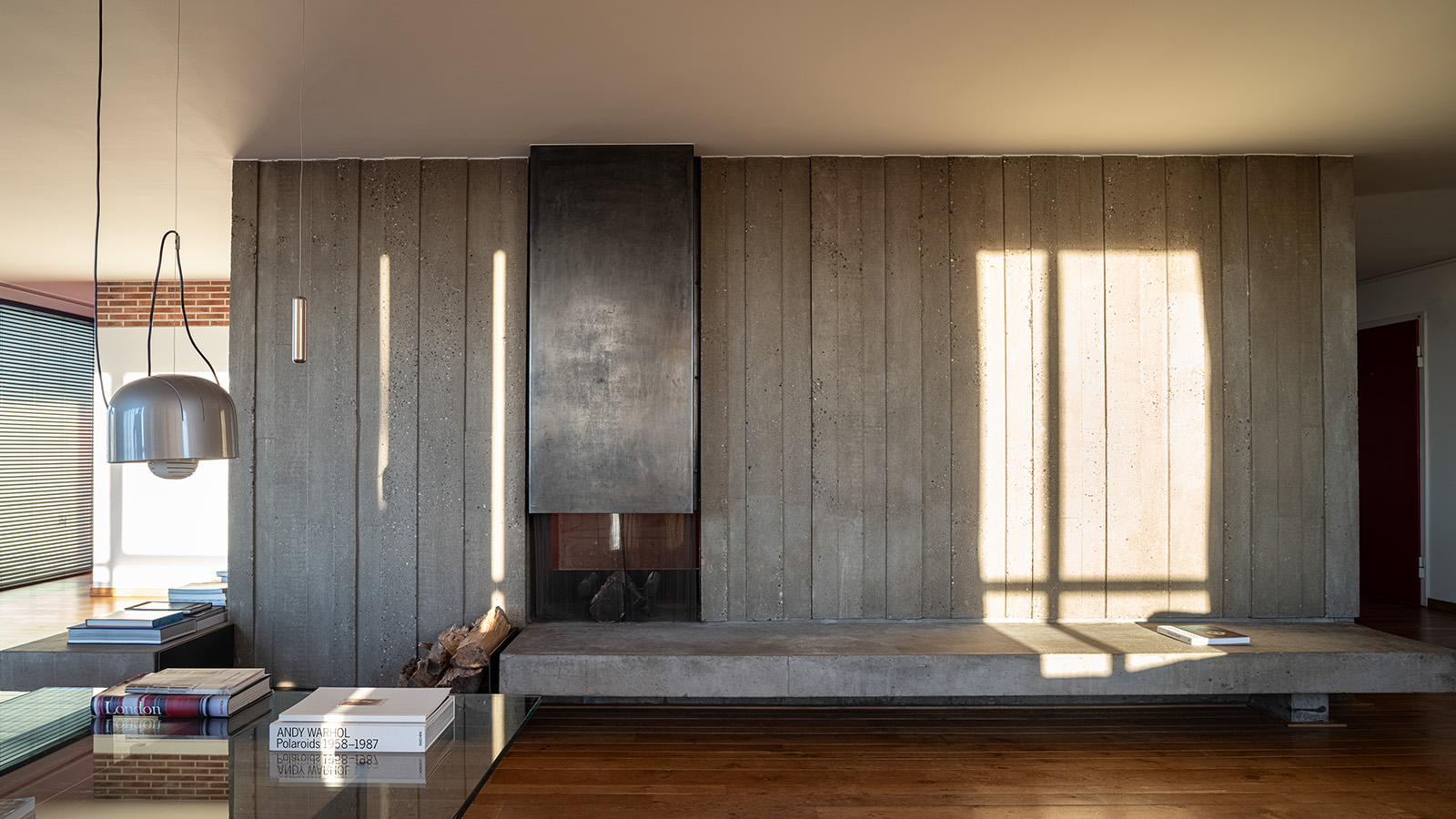
Belgian designer Christophe Gevers (1928-2007) has been celebrated among his peers for his intricate craftsmanship, architecture and interiors. Known for his tri-colour palette of primary hues, often unexpectedly injected into products and space, Gevers may feel less familiar to wider audiences than other figures in 20th-century and modernist architecture; but now, a new book dedicated to his portfolio, carefully selected and photographed by Jean-Pierre Gabriel, puts a spotlight to his oeuvre.
The meaty tome, spanning over 400 pages and 500 photographs, presents the designer's life’s work, some examples of which have been kept private until now.
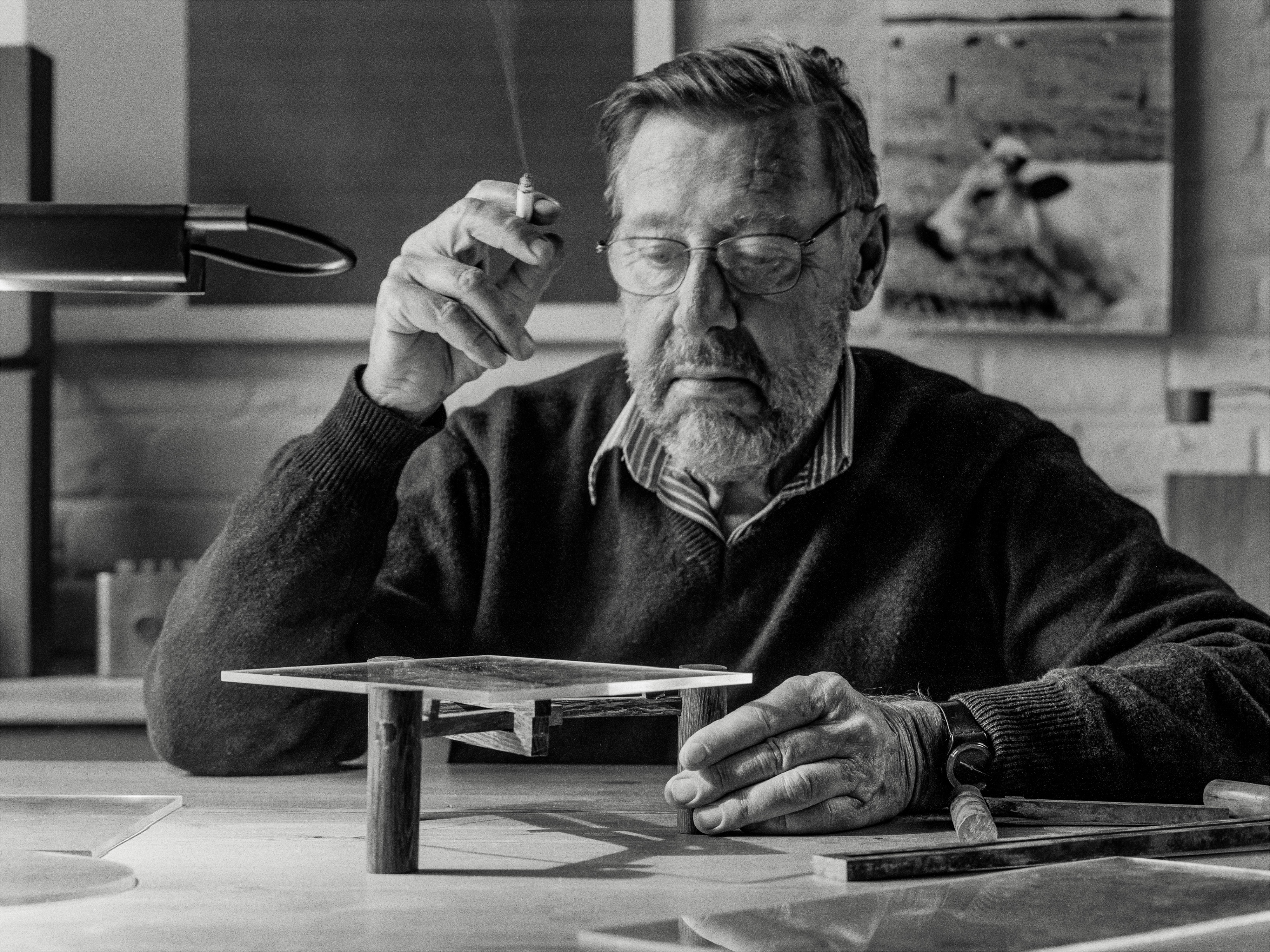
Interior architect Christophe Gevers
‘Christophe Gevers’ by Jean-Pierre Gabriel
Gevers was known as ‘The Maker’ in his local, 20th-century architecture and design scene. Yet, Gabriel feels the term ‘Fabricator’ is a more apt description for the designer, whose love of craft combines an artistic approach, technical skill, and attention to detail. His work stands out for his knack for merging the large and the small, space and products, developing projects from the inside out in his trademark practice of 'interior architecture'.
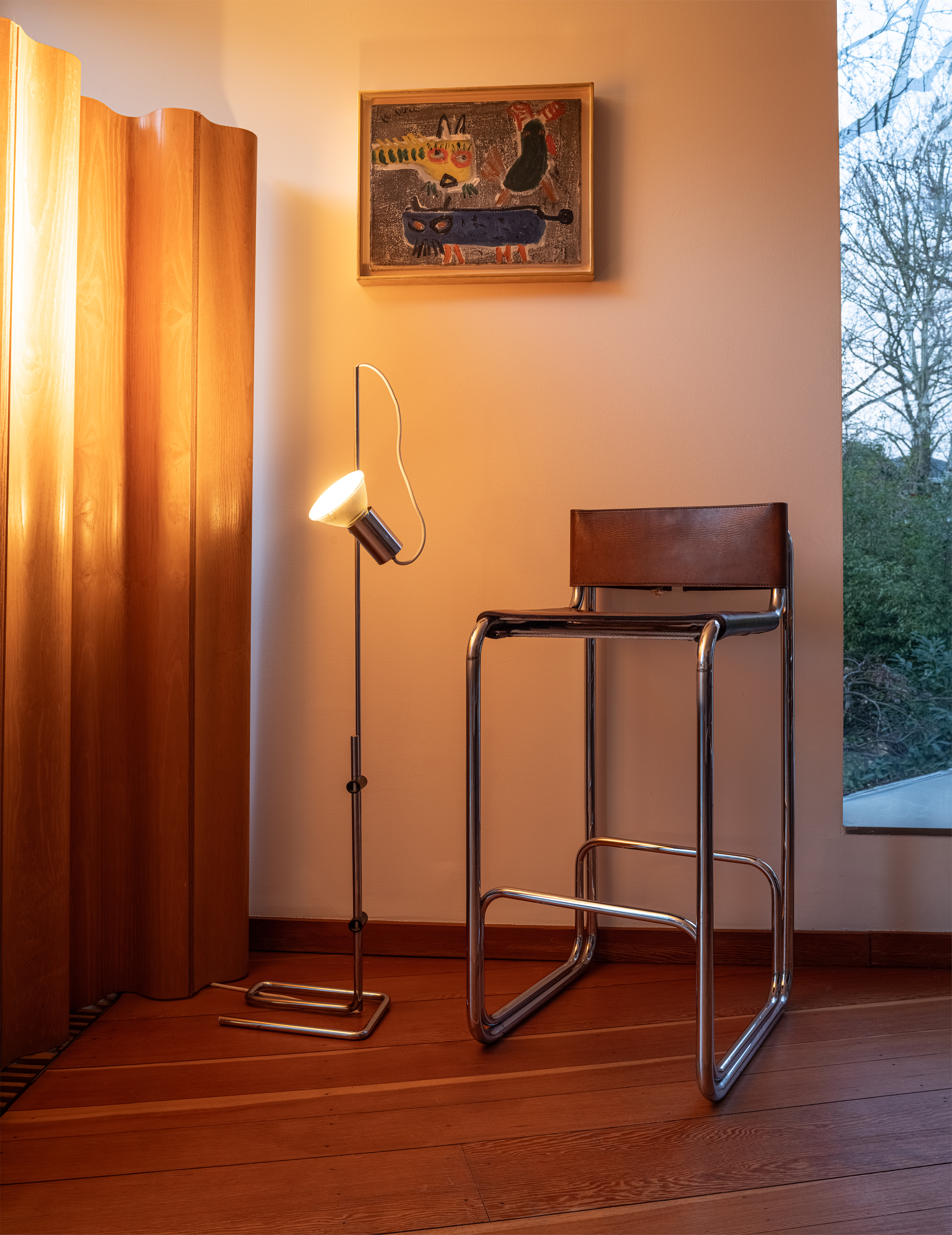
High seating chair at La Marie Joseph
An unlikely midcentury precursor of today's 'unexpected red theory' (an interior design approach that uses a splash of red to elevate a space, especially in areas where it doesn't 'make sense'), Gevers thrived in harnessing the power of primary colours. His pops of rich navy and golden yellow add a modernist feel to his interiors, which often contrast against historic buildings and more textured materials such as stone walls.
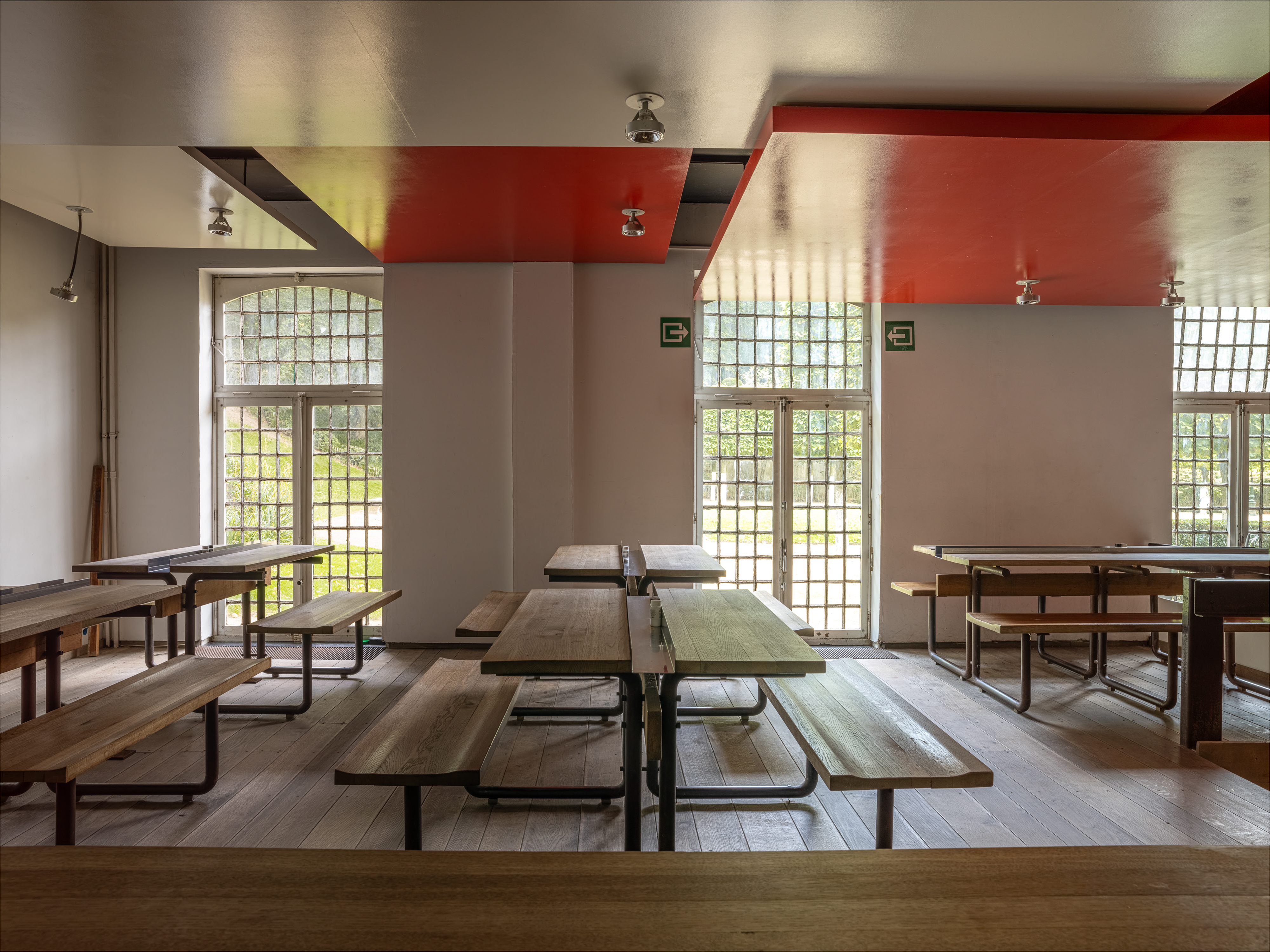
interior of La Cambre, The Restaurant
His spaces stand out for their livability and sense of comfort – yet at the same time, functionality was at the heart of Gevers' design process, whether that be in lighting, furniture, or residential interiors. Inviting the natural world to interact with his process, Gevers honed a style that is rich in organic materials, making compositions not only tactile and layered but also designed to last the test of time.
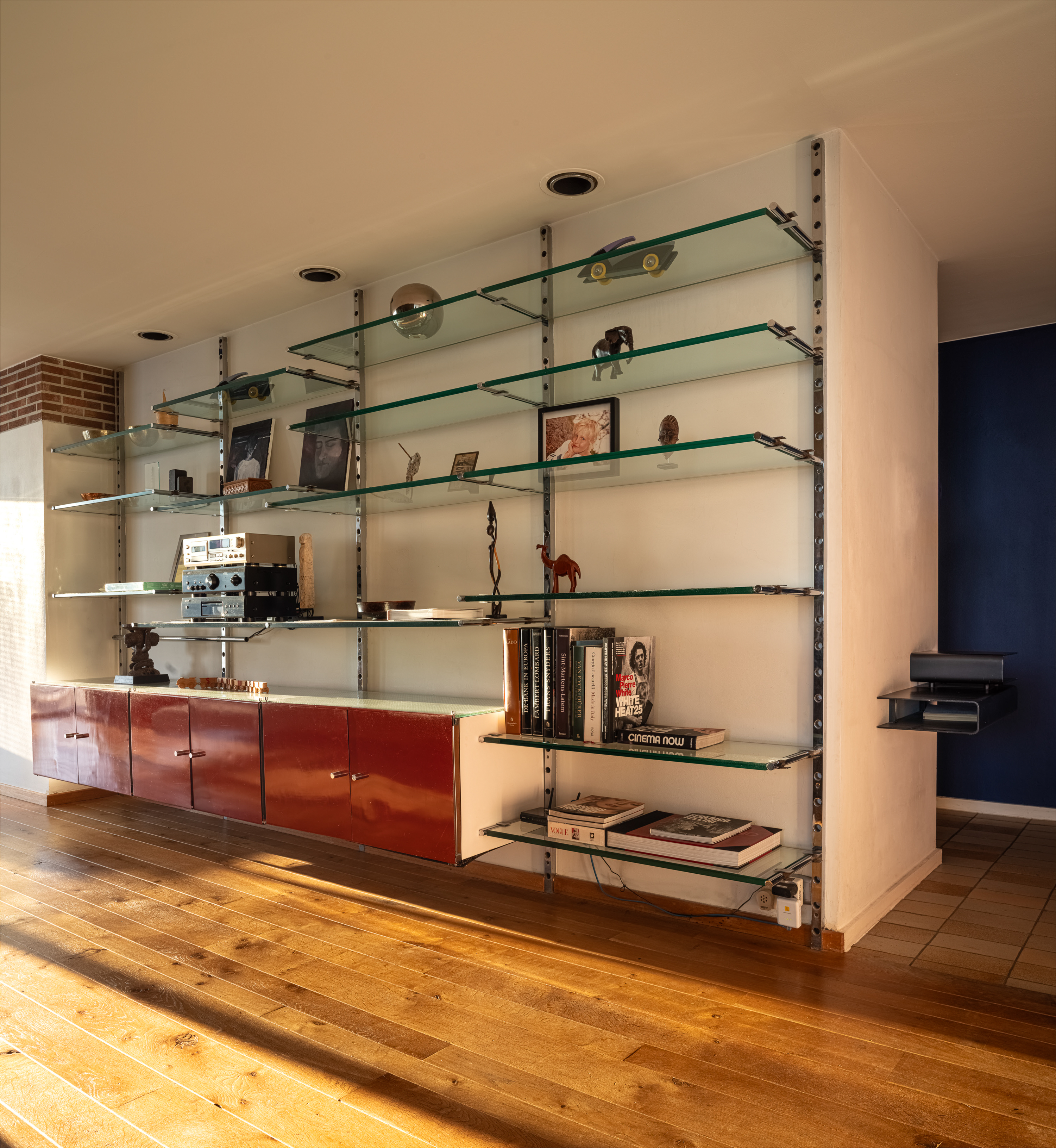
Gevers' Antwerp apartment
The monograph is arranged around five thematic sections. The reader first journeys through Gevers' architectural output, such as his residential projects at Ohain and La Garde-Freinet.
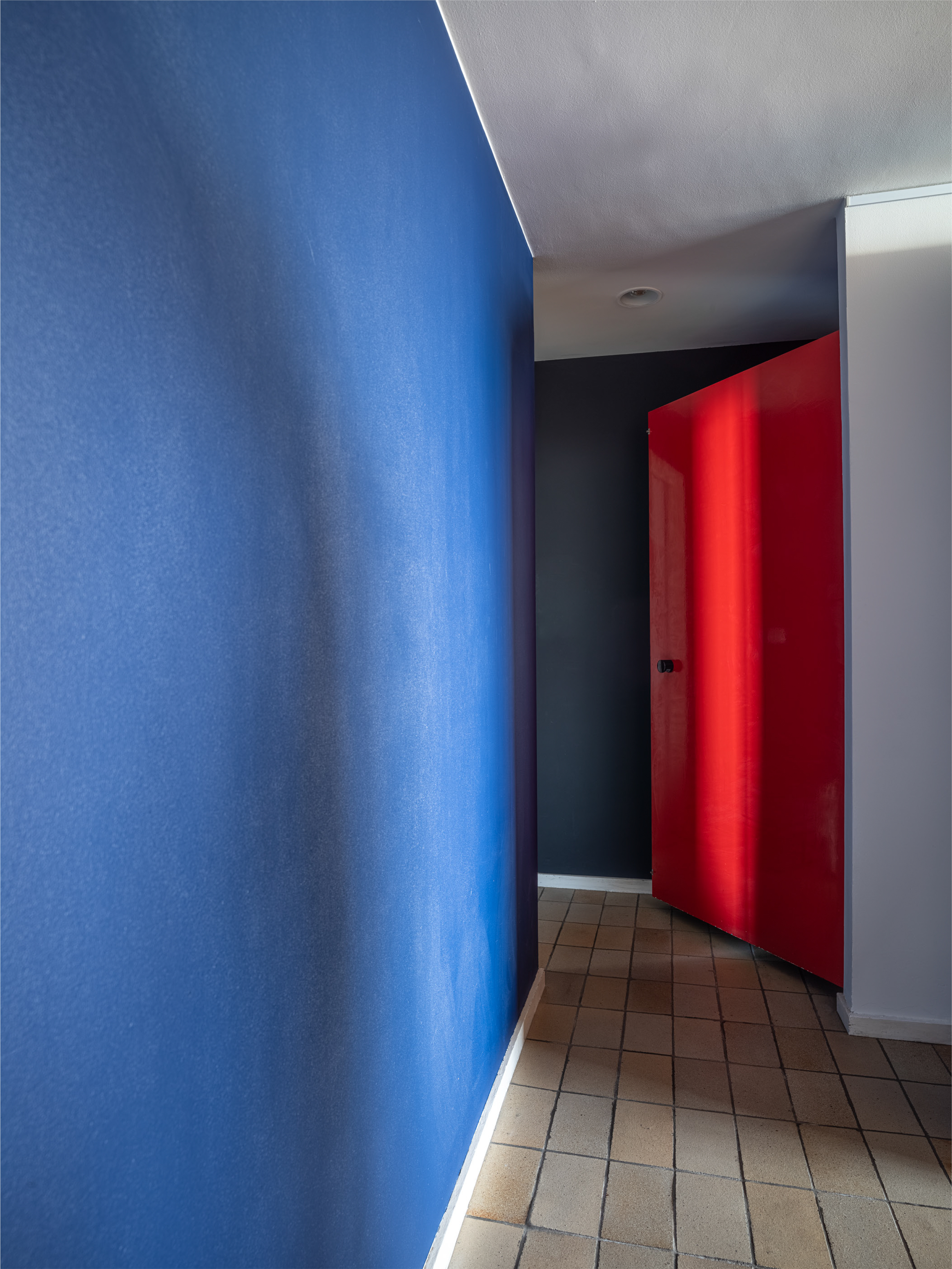
Large-scale primary colour schemes reminiscent of Luis Barragán
The book then delves into the designer's mentorship relationships, followed by his interior work through case studies including Une Maison dans les Bois, La Maison Double, and En dessous des toits.
Receive our daily digest of inspiration, escapism and design stories from around the world direct to your inbox.
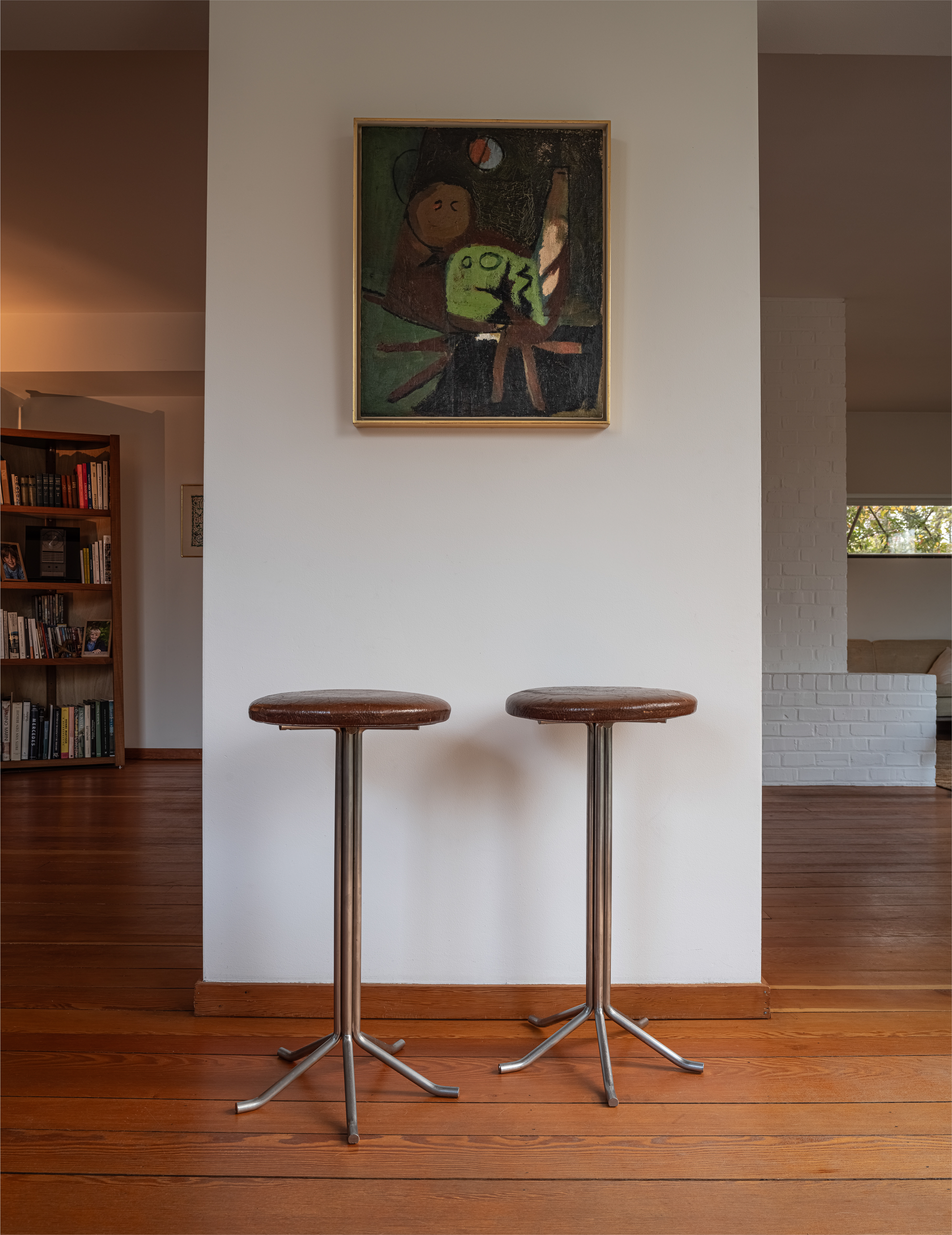
Stools featured in La Marie Joseph
Restaurants, such as Au Vieux Saint Martin, are also included in this section – as is Gevers' iconic 1959 ‘TBA’ chair, which was exclusively reproduced for the restaurant LESS by Hertog Jan. The final chapter looks into Gevers’ portfolio in furniture, lighting and objects.

Table and chair La Marie Joseph
Architect Glenn Sestig penned a poetic foreword for the book, describing Gevers not just as a designer, but also as an 'interior sculptor'. He writes: ‘He sculpts shapes, volumes and materials and assembles them until they become furniture… Depending on the fittings and furniture, he can be placed in the tradition of Charlotte Perriand, Carlo Scarpa, Luis Barragán, Josef Hoffmann or Dom Hans Van der Laan.’
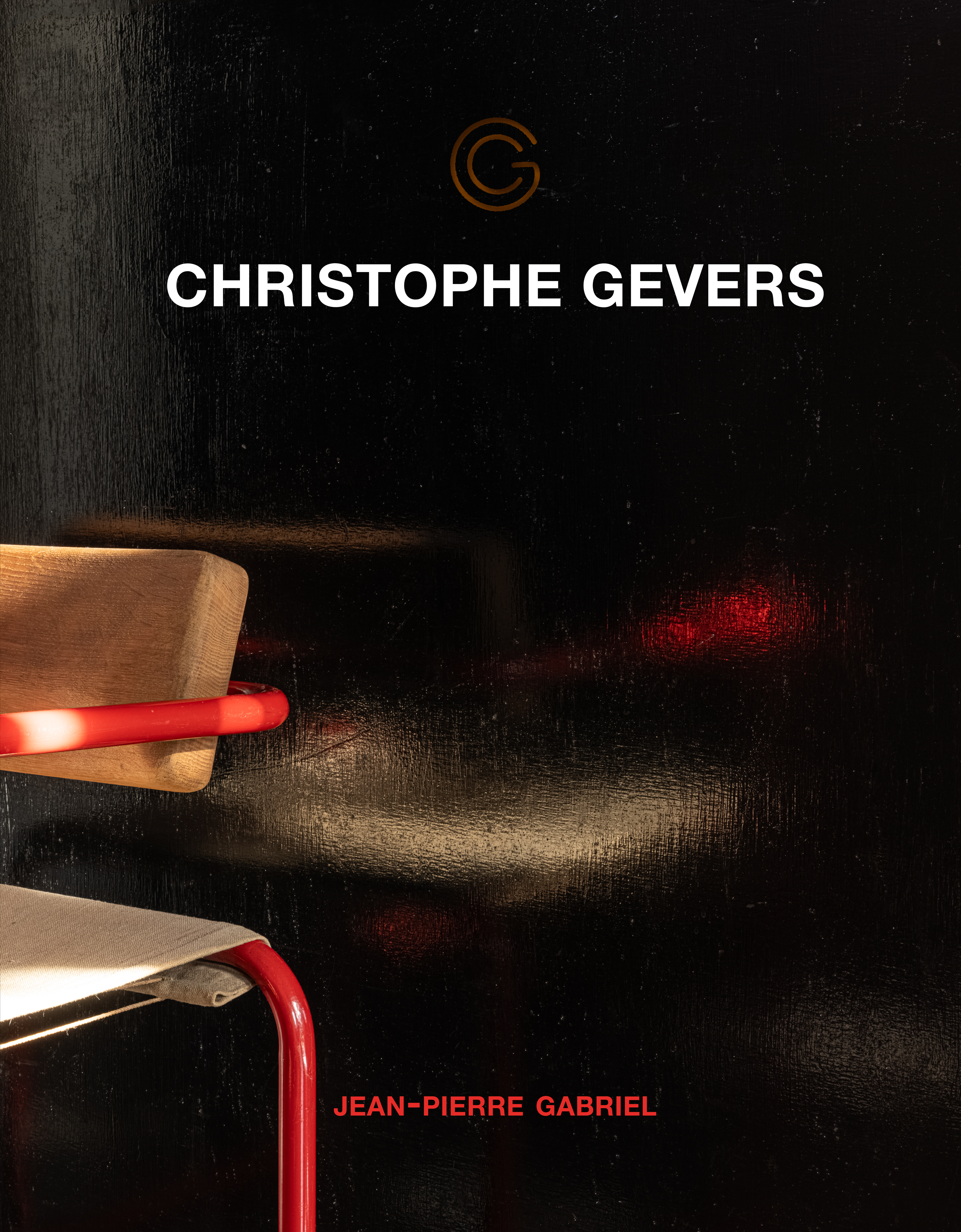
Cover design of Jean-Pierre Gabriel’s book on Christophe Gevers
For where to buy the book, see jeanpierregabriel.eu
Tianna Williams is Wallpaper’s staff writer. When she isn’t writing extensively across varying content pillars, ranging from design and architecture to travel and art, she also helps put together the daily newsletter. She enjoys speaking to emerging artists, designers and architects, writing about gorgeously designed houses and restaurants, and day-dreaming about her next travel destination.
-
 This cult Los Angeles pop-up restaurant now has a permanent address
This cult Los Angeles pop-up restaurant now has a permanent addressChef Brian Baik’s Corridor 109 makes its permanent debut in Melrose Hill. No surprise, it's now one of the hardest tables in town to book
-
 French bistro restaurant Maset channels the ease of the Mediterranean in London
French bistro restaurant Maset channels the ease of the Mediterranean in LondonThis Marylebone restaurant is shaped by the coastal flavours, materials and rhythms of southern France
-
 How ethical is Google Street View, asks Jon Rafman in Copenhagen
How ethical is Google Street View, asks Jon Rafman in CopenhagenIn 'Report a Concern - the Nine Eyes Archives' at Louisiana Museum of Art, Copenhagen, Jon Rafman considers technology's existential implications
-
 David Kohn’s first book, ‘Stages’, is unpredictable, experimental and informative
David Kohn’s first book, ‘Stages’, is unpredictable, experimental and informativeThe first book on David Kohn Architects focuses on the work of the award-winning London-based practice; ‘Stages’ is an innovative monograph in 12 parts
-
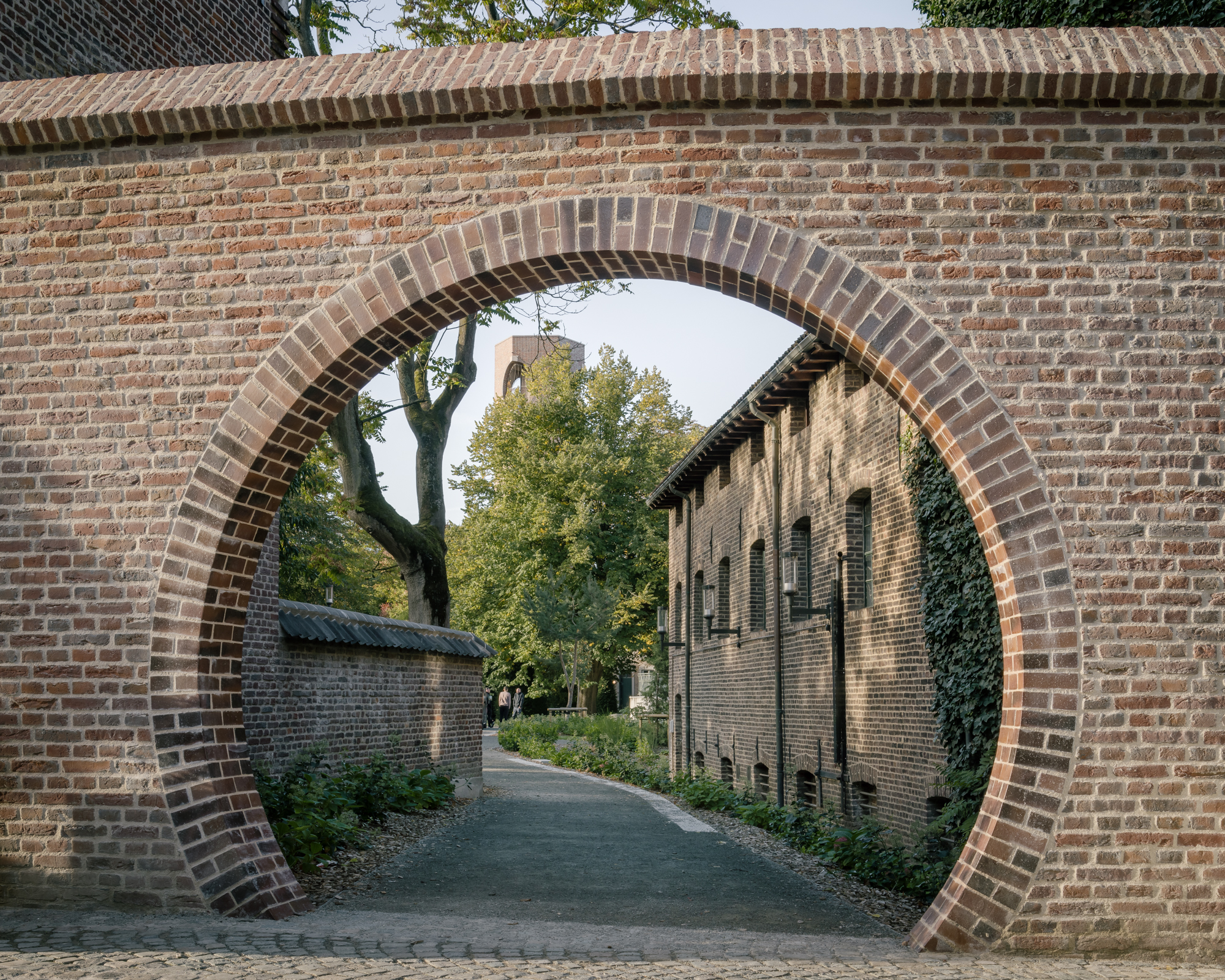 How a former women’s community in Belgium became a model for adaptive reuse
How a former women’s community in Belgium became a model for adaptive reuseA Hasselt beguinage, transformed to the 21st century through smart adaptive reuse by London-based architect David Kohn and Antwerp's Dirk Somers, makes for a fitting home for the city's Interior Architecture university programme
-
 Modernist Scotland explores the country’s impressive legacy of contemporary architecture
Modernist Scotland explores the country’s impressive legacy of contemporary architectureA new book, Modernist Scotland, delves into the art and ambitions of the International Style in post-war Scotland, presenting 150 projects that typify an age of optimism and innovation.
-
 Woodstock House reinterprets modernist legacy through 21st-century sustainability
Woodstock House reinterprets modernist legacy through 21st-century sustainabilityLocally sourced materials and high design ambition merge in the newest residential work by Belgium’s BC Architects & Studies & Materials
-
 Explore Tom Kundig’s unusual houses, from studios on wheels to cabins slotted into boulders
Explore Tom Kundig’s unusual houses, from studios on wheels to cabins slotted into bouldersThe American architect’s entire residential portfolio is the subject of a comprehensive new book, ‘Tom Kundig: Complete Houses’
-
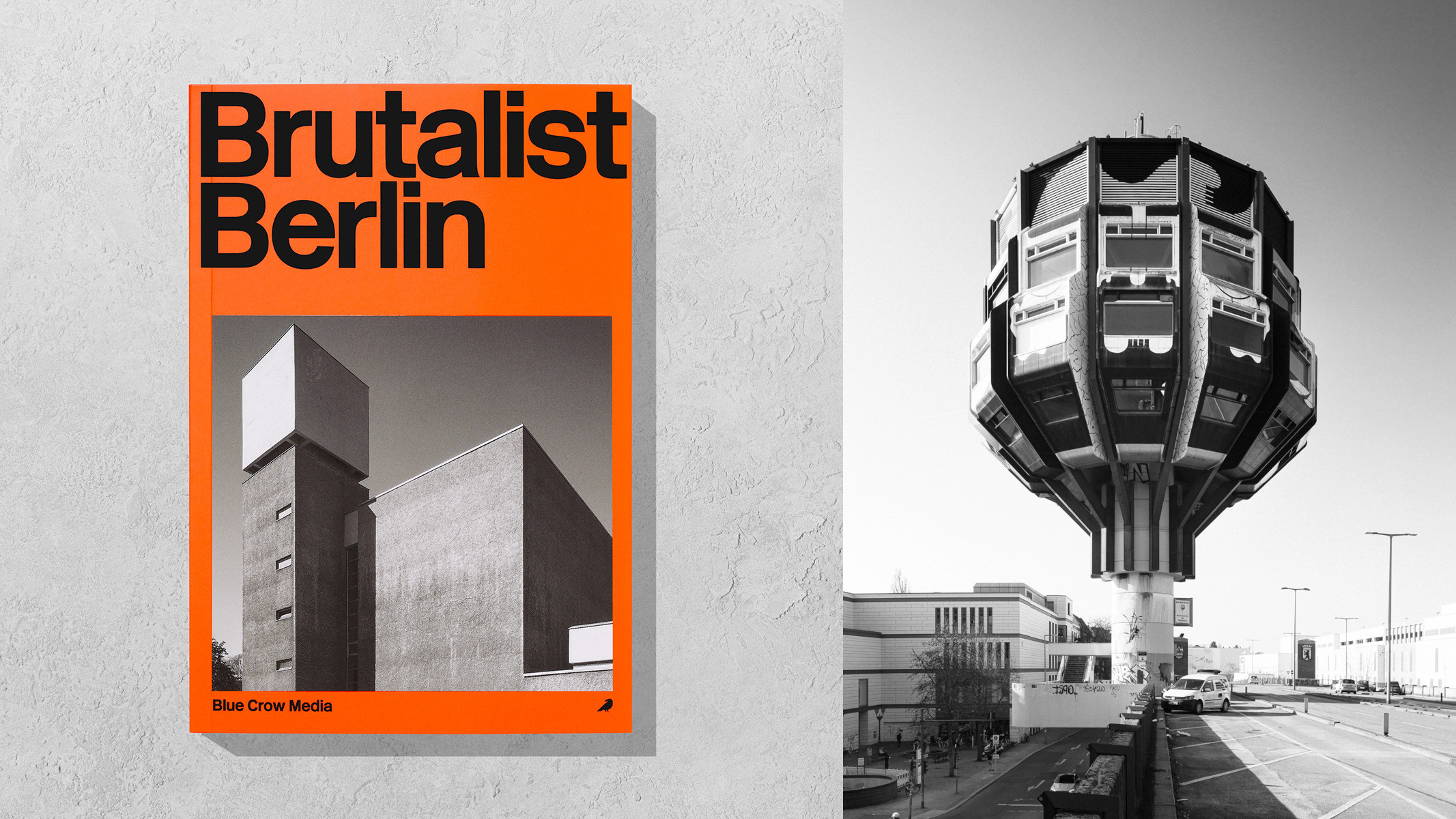 ‘Brutalist Berlin’ is an essential new guide for architectural tourists heading to the city
‘Brutalist Berlin’ is an essential new guide for architectural tourists heading to the cityBlue Crow Media’s ‘Brutalist Berlin’ unveils fifty of the German capital’s most significant concrete structures and places them in their historical context
-
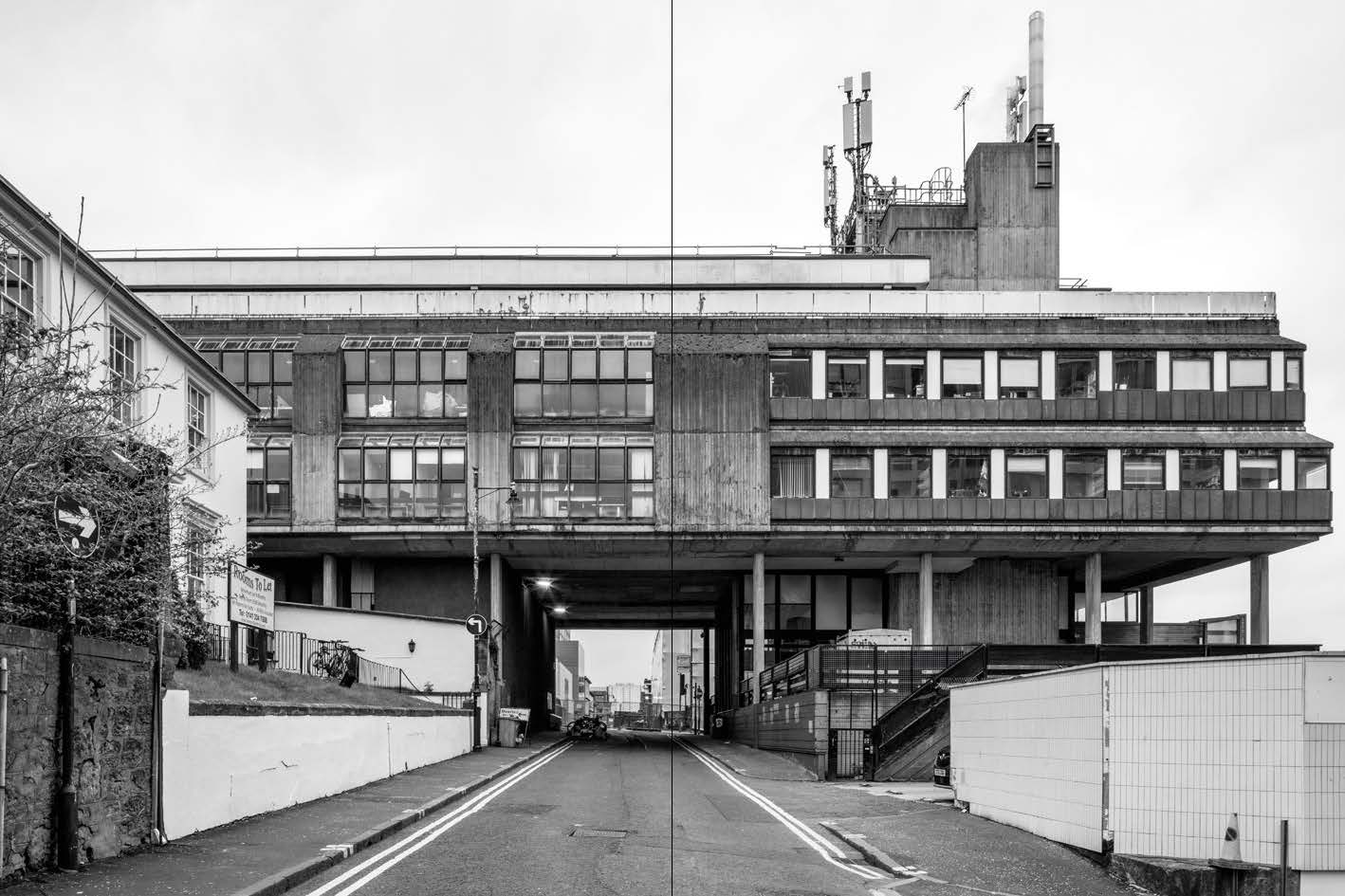 Celebrate the angular joys of 'Brutal Scotland', a new book from Simon Phipps
Celebrate the angular joys of 'Brutal Scotland', a new book from Simon Phipps'Brutal Scotland' chronicles one country’s relationship with concrete; is brutalism an architectural bogeyman or a monument to a lost era of aspirational community design?
-
 A new Tadao Ando monograph unveils the creative process guiding the architect's practice
A new Tadao Ando monograph unveils the creative process guiding the architect's practiceNew monograph ‘Tadao Ando. Sketches, Drawings, and Architecture’ by Taschen charts decades of creative work by the Japanese modernist master